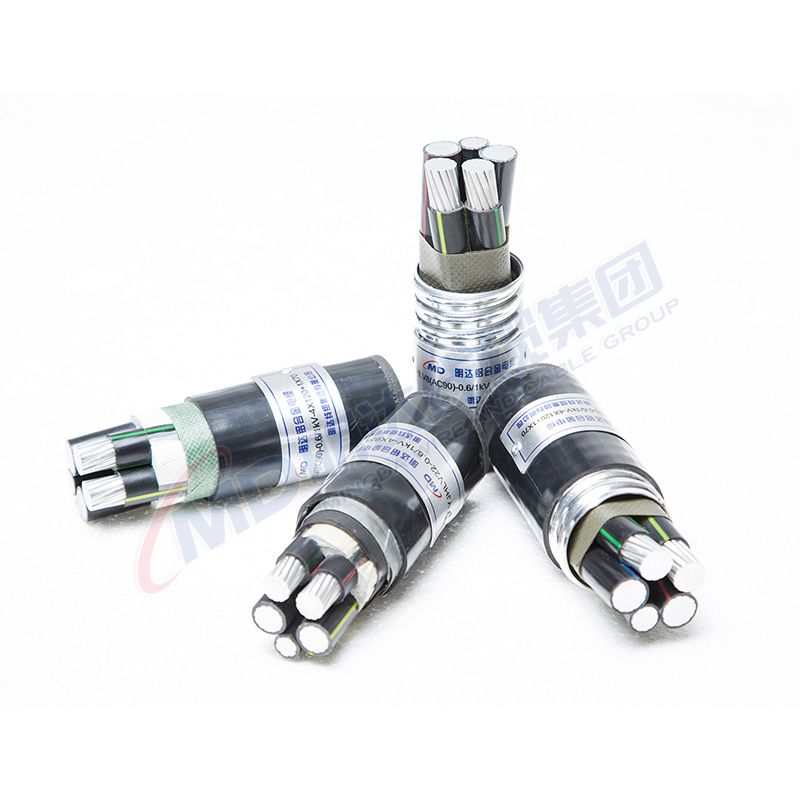Nov . 09, 2024 08:54 Back to list
Understanding the Functionality and Features of Di Air Valves
Understanding the Role and Functionality of Diaphragm Air Valves
When it comes to fluid control systems, diaphragm air valves are integral components that play a pivotal role in managing the flow of air and gases in various applications. From industrial operations to everyday devices, these valves offer efficient and reliable functions, contributing to the overall effectiveness of the system they serve.
What is a Diaphragm Air Valve?
A diaphragm air valve is a type of valve that utilizes a flexible diaphragm to regulate airflow within a system. Unlike traditional valves that rely on mechanical parts or ball mechanisms, diaphragm valves operate through the deflection of a diaphragm, which creates a seal to control the flow. When the diaphragm is moved either by air pressure or mechanical means, it opens or closes the valve, allowing or stopping the flow of air. This unique design ensures a reliable seal and minimal leakage, making diaphragm valves an excellent choice for precision applications.
Components and Operation
The primary components of a diaphragm air valve include the valve body, diaphragm, spring, and actuator. The valve body houses the diaphragm and the flow path for air. The diaphragm, usually made of flexible materials like rubber or Teflon, is the heart of the valve, controlling the opening and closing mechanism. The spring provides the necessary force to return the diaphragm to its default position when no pressure is applied. Lastly, the actuator, which may be manual or automatic, initiates the movement of the diaphragm based on the specific requirements of the application.
The operation of a diaphragm air valve is straightforward. When air pressure is applied, it acts against the diaphragm, causing it to lift and create an opening for airflow. Conversely, when the pressure is released, the spring retracts the diaphragm, closing the valve and stopping the flow. This simple but effective mechanism makes diaphragm valves versatile for various industries, including water treatment, chemical processing, and HVAC systems.
Advantages of Diaphragm Air Valves
di air valve

Diaphragm air valves offer several advantages over conventional valve types. One of the most significant benefits is their ability to prevent contamination. Since the diaphragm serves as a barrier between the fluid and the valve mechanism, there is a reduced risk of leaks and contamination, especially in sensitive applications such as pharmaceuticals and food processing.
Additionally, diaphragm valves provide excellent throttling capabilities, allowing operators to finely control the flow rate. Their simple design minimizes wear and tear, leading to longer service life and reduced maintenance costs. Furthermore, diaphragm valves can easily handle a wide range of pressures and temperatures, making them suitable for diverse operational environments.
Applications
The versatility of diaphragm air valves enables them to be used in various applications. In the water treatment industry, they regulate the flow of chemicals and control processes to ensure water quality. In chemical processing, diaphragm valves help manage hazardous materials by providing a secure and leak-proof operation. In HVAC systems, they are used for airflow control and system balancing to enhance energy efficiency.
These valves are also commonly found in medical equipment, where precise airflow control is critical. The ability to provide reliable performance in sterile environments makes diaphragm air valves suitable for applications in hospitals and laboratories.
Conclusion
In conclusion, diaphragm air valves are essential components in modern fluid control systems. Their reliable operation, low maintenance requirements, and ability to prevent contamination make them invaluable in various industries. As technology continues to advance, the design and functionality of diaphragm valves will likely evolve, offering even more efficient solutions for airflow control. Understanding the principles behind these valves allows engineers and operators to make informed decisions, ensuring optimal performance and safety in their applications. Whether it's managing air in a manufacturing plant or ensuring the quality of drinking water, diaphragm air valves play a critical role in maintaining efficiency and safety across multiple sectors.
Share